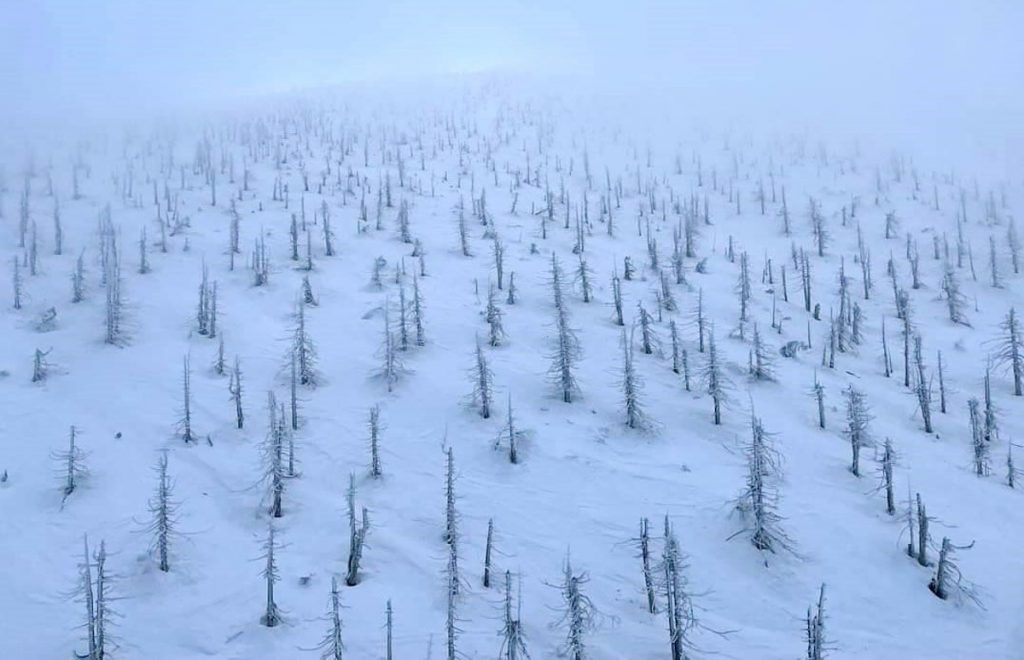このページを 日本語 で読む
Winter landscapes in Hokkaido and Tohoku are changing due to rising temperatures. Unseasonably warm weather on February 14-15 caused the melting of the iconic ice formations known as "snow monsters" (juhyo).
Events were also affected. Blue tarps were draped over traditional Japanese snow domes (kamakura) for protection from the rain. There were reports of using balled-up sheets of newspaper instead of snow in annual snowball tournaments.
Least Snow in 20 Years
The Sendai Meteorological Observatory predicts that although Hokkaido and the Tohoku region are typically affected by cold air from late February, early March temperatures will be average or higher. They caution the public to be careful of fluctuating temperatures and potential avalanches.
(right) Snow monsters on January 21, 2015, during a typical cold winter. (©Sankei by Shiro Onishi)
Officials from the Zao Onsen Tourism Association in Yamagata, have reported melting of the 'snow monsters'. Called juhyo in Japanese, the snow and ice formations typically cover the trees in the Zao mountain range that spans Miyagi and Yamagata prefectures.
The snow monsters typically reach their peak around mid-February. But this year's snowfall has been described as "the least amount in twenty years."
In Yokote City of Akita Prefecture, the temperature exceeded 13 degrees Celsius on February 14, followed by rain on the 15th.
The snow domes (kamakura) at the Yokote Kamakura Festival, pelted by rain and wind, ended up with uneven surfaces. Efforts were made to protect them with blue tarps.
Dog Sled Race Cancelled
The Japan Cup National Dog Sled Wakkanai Tournament, scheduled for February 24-25 in Wakkanai, Hokkaido, was canceled. According to an interview with the organizing committee on February 21, the event was called off due to melting snow on the course.
(right) Dog sled racing at the tournament in February 2023 (Kyodo)
According to the Wakkanai Meteorological Observatory, the city recorded a temperature of 10.6 degrees Celsius on February 19. This high broke the record for the highest-ever temperature registered in February.
A total of 56 teams and 113 dogs were scheduled to participate in the tournament's 11 events. However, exposed bamboo grasses on the field of the temporary venue made it unsafe to run the races.
This marks the first time that the tournament, which began in 1984, was canceled due to thawing snow. In 2020, the event was canceled due to insufficient snowfall.
This article combines two articles from The Sankei Shimbun of February 16 and February 21, 2024.
このページを 日本語 で読む
